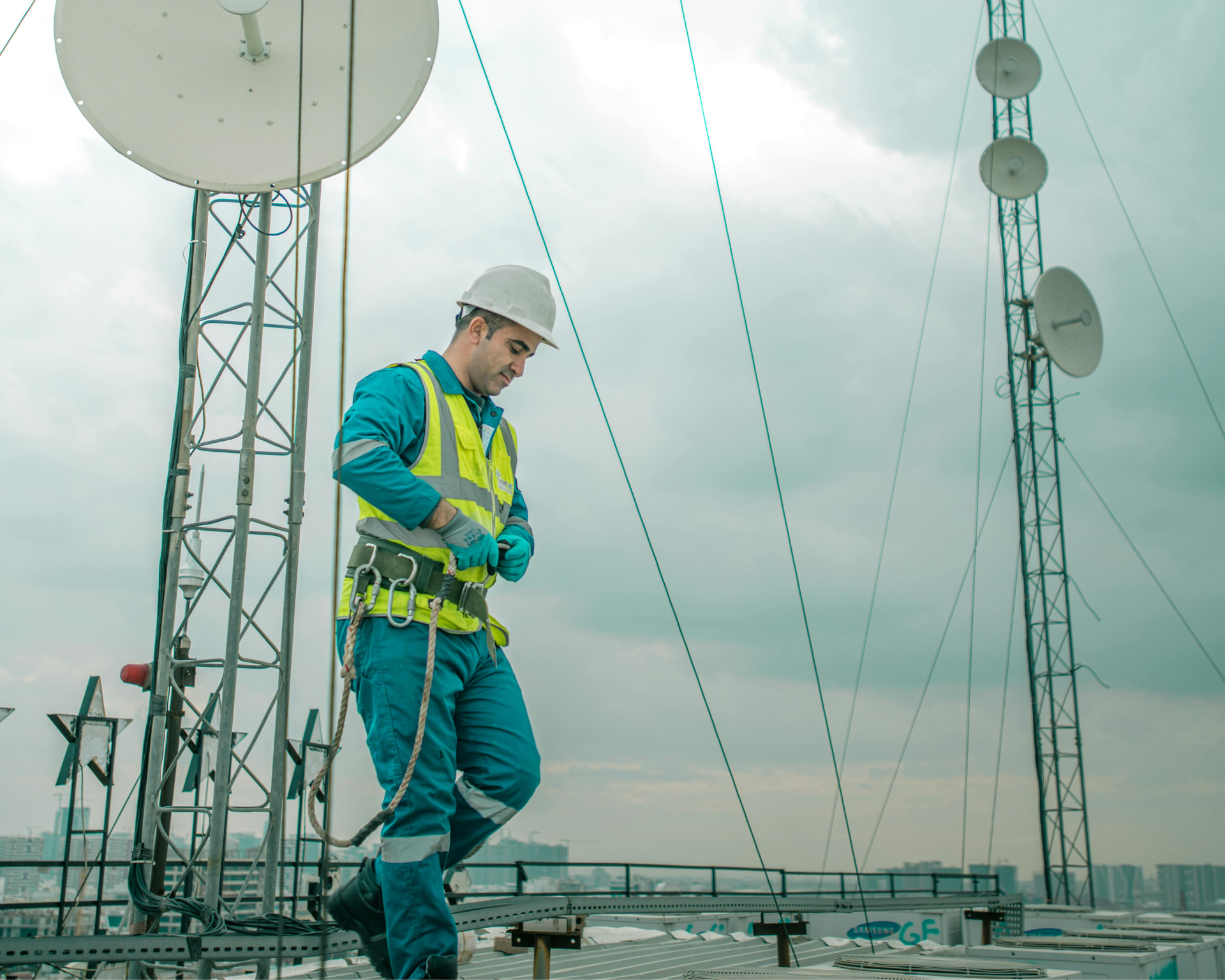
At a critical crossroads
We’re at a critical junction in the evolution of global technology. While digital innovation accelerates, the gap between those who benefit and those left behind continues to widen. This digital divide is one of the greatest challenges of our time and also one of the greatest opportunities for change.
It’s time we reframe how we think about sustainability in technology. Because this isn’t just about cutting carbon emissions or reducing landfill. It’s about creating systems that are equitable, resilient and inclusive by design. Circular, sustainable tech practices have the potential to not only mitigate environmental impact but to become a primary driver of digital inclusion. They can help connect people, unlock opportunity and enable long-term social progress.
Connectivity is a foundation, not a luxury
Access to communication infrastructure is not just a matter of convenience. It is the foundation for full participation in society. Whether it’s a student joining a virtual classroom, a remote farmer accessing real-time weather data or a start-up founder pitching over video call, connectivity is the gateway to opportunity.
For many emerging markets and underserved communities, inclusive growth begins with being connected at all. That’s why extending access to resilient, scalable and sustainable telecom networks is essential for building equitable economies.

The role of telecommunications in inclusive growth
Telecommunications doesn’t just support the digital economy. It enables it. From education and healthcare to small business development and e-governance, reliable telecom infrastructure is central to inclusive growth.
When people have access to affordable connectivity, they gain entry to:
- Education through online learning, digital classrooms and access to global knowledge
- Healthcare through telemedicine, mobile health apps and coordinated care
- Jobs and entrepreneurship through remote working, e-commerce platforms and digital marketplaces
- Civic inclusion through e-government services and participation in digital democracy
But this level of access is still out of reach for too many. That’s where sustainable tech practices come into play.
Sustainability and inclusion are mutually reinforcing
By embracing circular economy principles such as reuse, repair, redeployment and responsible recycling, telecom and technology providers can significantly reduce costs, extend asset life and bring down the barrier to entry for digital access. This enables operators to serve more people, in more places, using fewer resources.
Here’s how it works in practice:
1. Affordable access through refurbished tech
When organisations choose to extend the life of network and IT equipment through asset recovery, refurbishment and resale, they create a second life for technology that might otherwise go to waste. Schools, clinics, non-profits and local networks gain access to high-quality, affordable equipment that empowers them to connect and grow.
2. Localised circular models
By redeploying infrastructure locally and investing in repair and recovery services within the regions they serve, telecom companies can create resilient supply chains while supporting local employment and economic development.
3. Waste reduction as a lever for equity
Reducing e-waste isn’t just an environmental win. It’s a social one. When valuable resources are recovered and reused responsibly, it eases pressure on global supply chains and lowers dependency on conflict-prone or resource-scarce regions. This builds a more ethical and inclusive tech ecosystem.
4. Long-term enablement through digital skills and infrastructure
Sustainable tech programmes often extend beyond the hardware. They include training, support and enablement, helping people not just access technology but use it to improve their lives and communities.

Who’s leading the way?
Several organisations are already demonstrating how sustainable technology strategies can power real progress in digital inclusion.
- Vodafone has committed to bringing 4G to an additional 70 million people in sub-Saharan Africa through its Sustainable Business goals, enhancing coverage for all and to close a particular gap in internet usage between urban and rural communities.
- Cisco continues to scale its Networking Academy, which has trained over 20 million students worldwide in digital and cybersecurity skills. The programme particularly targets underserved populations, ensuring that access to connectivity comes with the skills to use it meaningfully.
- Dell Technologies integrates sustainability into its product lifecycle through repairable design, recycled materials and circular recovery models. Through initiatives like Digital LifeCare and Solar Learning Labs, they’re working to expand access to healthcare and education in remote areas.
- TXO plays a pivotal role in extending the life of telecom networks by helping global operators optimise, manage, deploy and resell network infrastructure. This circular approach reduces waste, lowers costs and makes it possible to bring connectivity to more regions, sustainably.
These organisations demonstrate that digital inclusion and environmental responsibility do not need to be trade-offs. When aligned, they become a powerful strategy for equitable, sustainable growth.
Building the infrastructure of equity
Telecommunications and sustainable tech are not separate conversations. They are two sides of the same coin when it comes to building a more inclusive world.
Inclusive growth cannot happen without digital inclusion. And digital inclusion won’t scale without sustainable, circular models that make access more affordable, more efficient and more ethical. Whether you’re a network operator, technology provider, policymaker or enterprise, the message is clear. Digital equity begins with the infrastructure we choose to build and how we choose to build it.
The most forward-thinking organisations aren’t just building networks. They’re building bridges between people, places and possibilities.
